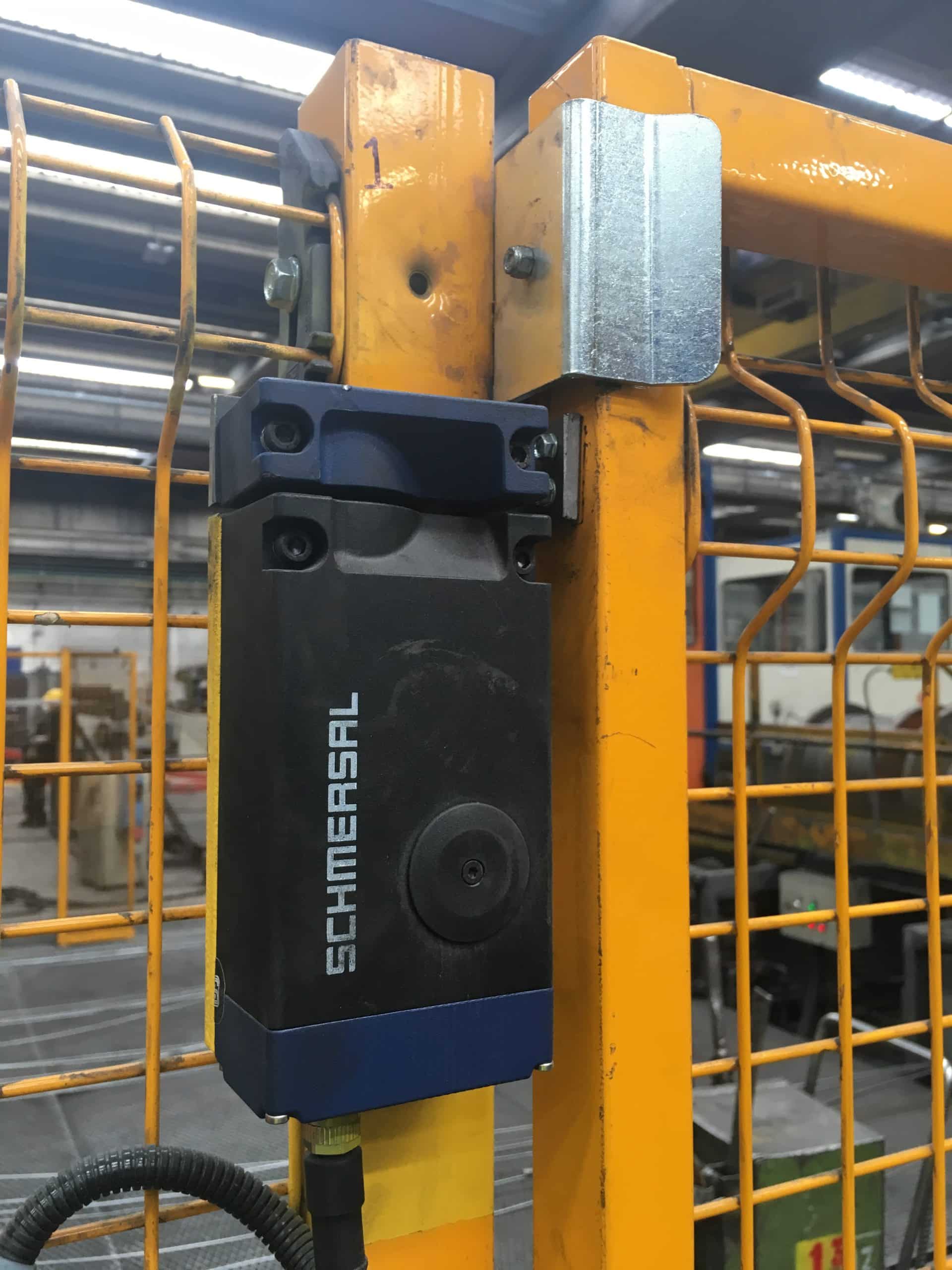Last edit: 29/01/2025

A new edition of the EN ISO 14119 “Safety of machinery – Interlocking devices associated with guards – Principles for design and selection” was published in September 2024, replacing the 2013 edition.
This is a type B2 technical standard regarding a particular protective system against hazards: the Interlocking device that can come with or without a guard lock.
The scope of the standard is to specify the principles for the design and selection of interlocking devices and to provide measures to minimize the possibility of defeat and bypass of interlocking devices, in a reasonably foreseeable manner. In the new document the section regarding the Trapped keys has been extended and completed, as this topic was only partially analised in the previous edition.
Hereafter the main changes:
- Inclusion of the Trapped keys, were covered by ISO TS 19837: 2018 “Safety of machinery – Trapped Key interlocking device – Principles for design and selection”. The Trapped keys are classified as “Type 5 interlocking devices“. The TR was withdrawn in December 2024.
- Inclusion of Fault Masking criterias, was covered by ISO TR 24119: 2015 “Safety of machinery – Evaluation of the serial link for masking faults of interlocking devices associated with protections with potential free contacts”;
- Specific indications for Table 3: “Additional measures against defeating interlocking devices depending on type”.
In general, ISO 14119 also provides:
- Requirements for the design and the installation of interlocking devices with and without guard locking;
- Additional requirements on guard locking devices if its application creates hazards;
- Control requirements.
The choice and the correct application of a particular type of interlocking device among the 5 types classified by the Standard is determined by the risk assessment.

An interlocking device consists of several parts, an example is shown in the figure on the left:
1. Guard
2. Interlocking Device
3. Actuator
4. Position Switch
5. Actuating System
6. Output System